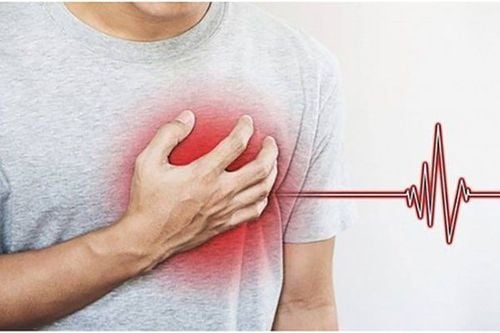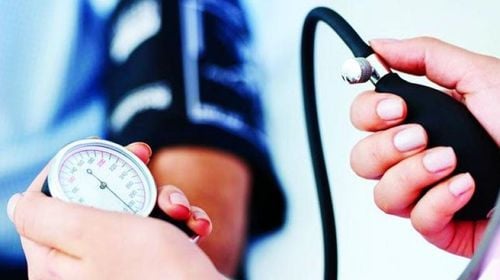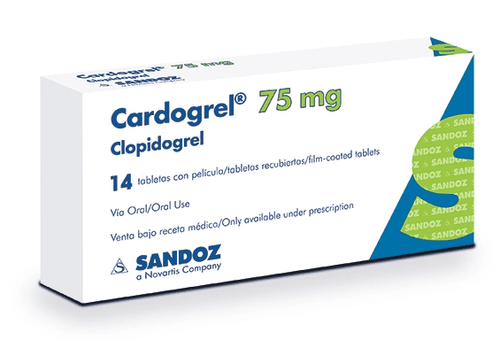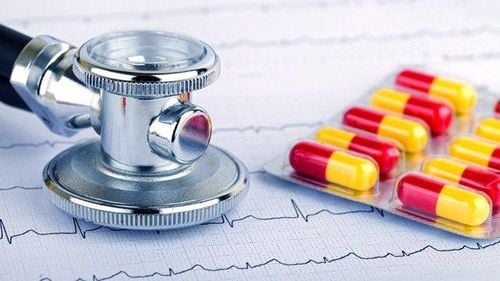This is an automatically translated article.
The article was written by MSc La Thi Thuy - Interventional Cardiologist, Cardiology Center - Vinmec Central Park International General Hospital.Peripheral artery disease is a peripheral vascular occlusion caused by atherosclerotic plaques and thrombus. Those arteries do not include the blood vessels that feed the heart and brain.
1. What is peripheral artery disease?
The most common peripheral artery disease is the arterial lesions of the pelvis, lower extremities and upper extremities. Pathophysiologically, occlusion in these vessels is similar to that of coronary or carotid artery occlusion. The difference is the blood supply area of the arteries: the coronary arteries supply blood to the heart muscle, the carotid arteries supply blood to the brain, and the peripheral arteries supply blood to the extremities.
Peripheral atherosclerosis is a hardening and thickening of the walls of large and medium-sized arteries, which is the cause of diseases such as myocardial ischemia, peripheral vascular disease, ischemic stroke (cerebral infarction), abdominal aortic aneurysm ...
First of all, for some reason, the endothelial cells of the arteries are damaged, and lose their function circuit protection. The cause of endothelial cell damage may be due to the influence of continuous high-pressure blood flow such as: in hypertension, dyslipidemia, by the influence of tobacco, some drugs and chemicals, food, bacterial and viral infections, immune factors...
In situ endothelial cells lose the ability to secrete prostacyclin, upon injury. Platelets immediately separate from the blood stream to focus on that area and bind, then release many substances including growth factor, which stimulates the movement of smooth muscle cells. from the mesoderm to the endothelium and thrive there. Monocytes from the bloodstream also migrate to the site of injury and are transformed into macrophages. These macrophages "swallow" the LDL-Cs and become fat-storing "foam cells". When overloaded, these cells will rupture and shed cholesterol, causing the subendothelial layer to thicken, creating lipid lines or plaques characteristic of the disease
Most common symptom of epilepsy Peripheral pulse is a cramping sensation in the thighs, hips, and calves that occurs when walking, climbing stairs, or with exertion. This symptom gets better or goes away with rest, even for a few minutes.

Chuột rút ở vùng đùi là một trong các triệu chứng của bệnh động mạch ngoại biên
Many people think that foot pain is a common symptom in the elderly. Patients often think that it is a symptom of arthritis or sciatica or stiffness in the elderly.
Leg pain from peripheral artery disease usually occurs in muscles (such as calf muscles) rather than in joints. For patients with diabetes, this symptom can be masked by pain, numbness in the feet or thighs due to neurological complications, a common complication of the disease.
Severe symptoms of peripheral artery disease include:
Leg pain that does not improve with rest. Wounds in toes or feet that are difficult to heal. Necrosis of feet and toes. The affected side leg is colder than the healthy leg or colder than the upper extremities
2. What are the common diseases?
Peripheral artery disease can occur in women and men in equal numbers in both sexes.
People at high risk for peripheral artery disease include:
People over 70 years old People over 50 years old and have diabetes or smoke a lot People under 50 years old but have diabetes and other factors risk of peripheral artery disease such as obesity or high blood pressure However, the incidence of atherosclerosis is directly related to age. Some studies show that in the first years of life, atherosclerosis can occur, and some people even see atherosclerosis appearing in the fetal period.

Hiện tượng xơ vữa động mạch xuất hiện trong thời kỳ bào thai
Under the age of 20, up to 17% of people have atherosclerosis Age between 20 - 29 years old this rate is 37% Age from 30 - 39 is 60% Age from 40 - 49 years old is 71% Age 50 85% or more Risk factors include:
Smoking Diabetes Obesity High cholesterol (blood cholesterol more than 240 mg/dL or 6.2 millimoles/liter) Family history of peripheral artery disease border, heart disease or stroke Excess homocysteine, a protein that helps maintain and build tissue
3. Why is it important to detect peripheral artery disease early?
The detection of peripheral vascular disease plays a very important role. In addition to helping to treat limb ischemia early, before having serious complications such as limb necrosis or amputation, people with peripheral artery disease often have atherosclerosis in other arteries, including: both arteries that supply blood to the heart and brain. In fact, patients with peripheral artery disease are 6 to 7 times more likely to have a heart attack or stroke than those without the disease.
Many patients with peripheral artery disease do not have any symptoms, especially in the early stages of the disease. That is why the disease is so easily missed. Some only present with calf pain or cramps when walking long distances.

Bệnh động mạch ngoại biên gây nguy cơ cao xuất hiện tình trạng nhồi máu cơ tim ở người bệnh
Besides, many cases are misdiagnosed due to arthritis, muscle disease or just a manifestation of old age. Most cases of the disease are detected only when there are late manifestations or complications of the disease such as ulcers on the skin of the feet that are difficult to heal, severe pain and cyanosis of the extremities or limb necrosis.
People who smoke and have diabetes have a very high risk of disease. If you have peripheral artery disease, effective treatment will relieve symptoms and reduce your risk of amputation, heart attack, or sudden death in the future.
General situation of peripheral artery disease:
Nearly 75% of patients with peripheral artery disease have no symptoms Many patients are misdiagnosed with symptoms of peripheral artery disease with other diseases. The most common symptom is cramping pain or fatigue in the leg and hip muscles when walking or climbing stairs, relieved at rest, and the pain reappears with continued walking for the same distance. The distance traveled before the onset of pain allows an estimate of the severity of the disease. It is important to inform your doctor about your risk factors so that he or she can order some screening tests to find the disease early. People with peripheral artery disease have an increased risk of heart attack and stroke. If left untreated, peripheral artery disease can lead to gangrene and amputation of the leg. Peripheral artery disease can be detected early with simple and non-bleeding methods. You can prevent disease by maintaining a healthy lifestyle and following your doctor's advice. Most cases need to be treated with exercise, a cholesterol-lowering diet, reduced saturated fat, and medication in severe cases. To learn more about the diagnosis and treatment of peripheral artery disease, click HERE.

Người bệnh cần có một chế độ ăn khoa học và lối sống lành mạnh
Customers can directly go to Vinmec Health system nationwide to visit or contact the hotline here for support.
References source: mayoclinic.org, Vietnam Society of Cardiology













